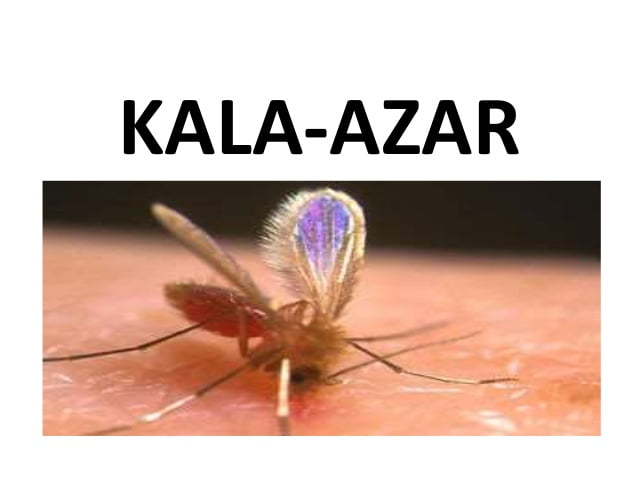India Nears Kala Azar Elimination Target in 2023
India is on track to achieve the elimination target for visceral leishmaniasis, commonly known as kala azar, this year. With no block in the country reporting more than one case per 10,000 people, India is making significant progress towards the elimination of this parasitic infection transmitted by sandflies.
WHO Certification Goal
After missing the deadline multiple times, India aims to sustain its momentum over the next three years to receive WHO certification for eliminating kala azar. In October, Bangladesh became the first country worldwide to be officially validated by WHO for eliminating kala azar as a public health problem.
Reduced Cases and Improved Interventions
India recorded 530 kala azar cases and four deaths until October 2023, compared to 891 cases and three deaths in 2022. Key interventions contributing to this achievement include effective indoor residual spraying, reducing crevices in walls to limit breeding areas, and ensuring treatment compliance for post-kala azar dermal leishmaniasis.
Challenges and Future Surveillance
The challenges ahead include maintaining strong surveillance to detect any emerging cases and monitoring new areas for potential outbreaks. As India progresses towards eliminating kala azar, attention to drug availability, especially for treating patients with HIV and kala azar, remains crucial for sustained success. The effort to ensure the availability of essential medicines, like paromomycin, needs continued attention to address potential relapses in HIV patients.
Target Years and Previous Initiatives
India’s initial target year for kala azar elimination was 2010, subsequently extended to 2015, 2017, and 2020. The recent success is attributed to interventions such as effective spraying, wall plastering, and treatment compliance. The focus now includes strong surveillance, monitoring new areas, and ensuring drug availability for continued progress.
Month: Current Affairs - December, 2023
Category: India Nation & States Current Affairs








